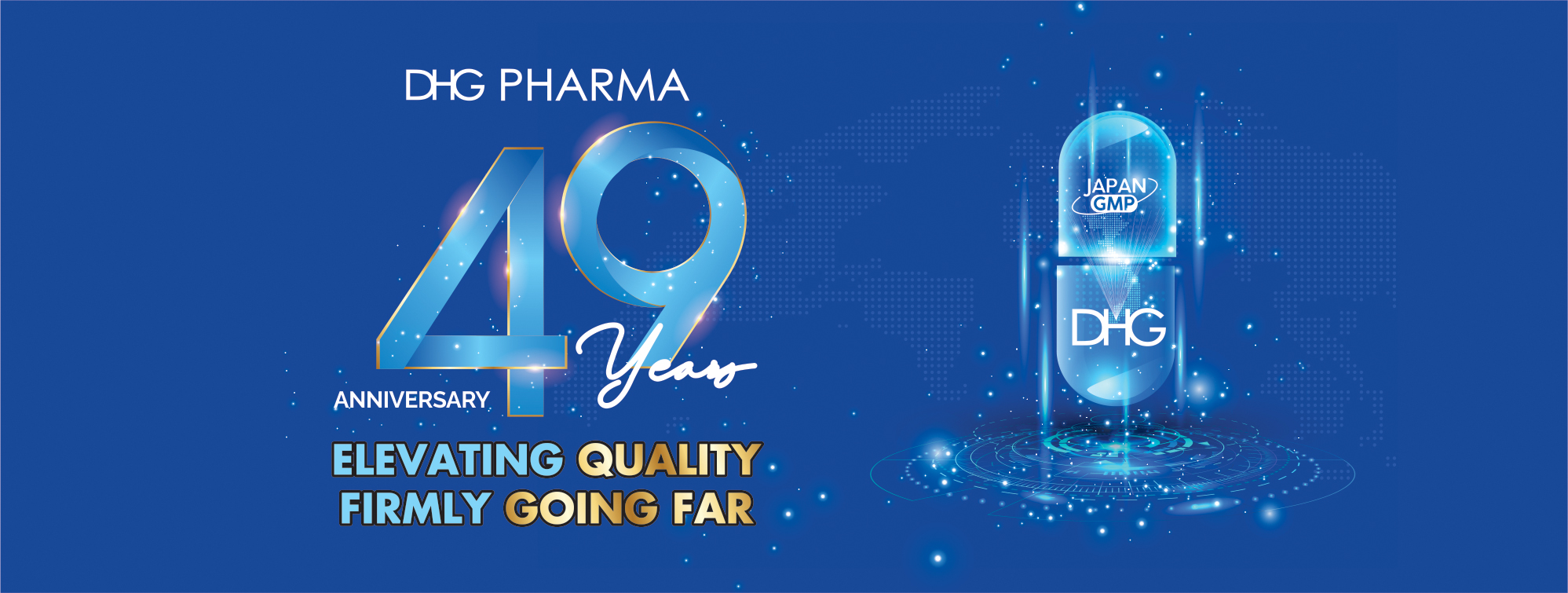Hapacol 325
HAPACOL 325
COMPOSITION:
Paracetamol ............................. 325 mg
Excipients.q.s............................ 1 caplet
(Pregelatinized starch, wheat starch, PVP K30, sodium benzoate, sodium starch glycolate, magnesium stearate, talc, aerosil, orange E110, orange-flavored powder).
DOSAGE FORM: Caplet.
PRESENTATION: Box of 10 blisters x 10 caplets. Box of 1 bottle x 100 caplets. Bottle of 400 caplets.
ACTIONS: Paracetamol produces effective analgesia, antipyresis. The drug acts on the hypothalamic heat-regulating center to produce antipyresis; heat dissipation is increased as a result of vasodilation and increased peripheral blood flow. Paracetamol lowers body temperature in patients with fever but rarely lowers normal body temperature.
With therapeutic doses, the analgesic and antipyretic effects of paracetamol are similar to those of aspirin. Paracetamol appears to have little effect on cardiovascular and respiratory system, causes no acid - base balance, no gastric irritation, scratch, bleeding.
Paracetamol is rapidly and almost completely absorbed by the gastrointestinal tract. The elimination half-life of paracetamol varies from about 1.25 to 3 hours. Paracetamol is metabolized predominantly by the liver and excreted by the kidney.
INDICATIONS: - Treatment of painful symptoms in cases of headache, migraine, toothache, aches and pains caused by flu, sore throat, musculoskeletal pains, arthritis-induced pains, pains after vaccination or tooth extraction.
- Antipyretic actions on patients with cold or diseases associated with fever.
CONTRAINDICATIONS: Hypersensitivity to any component of the drug. Patients with glucose-6-phosphate dehydrogenase deficiency.
SPECIAL WARNINGS AND PRECAUTIONS FOR USE:
Individuals with phenylketonuria and other individuals who must restrict their intake of phenylalanine should be advised no concurrent administration of paracetamol and aspartame-containing food or drug.
Patients with hypersensitivity (asthma) should not use concurrently paracetamol and sulfite-containing food or drugs.
Cautions should be taken in patients with previous anemia, hepatic and renal impairments.
Because chronic, excessive consumption of alcohol may increase the risk of paracetamol-induced hepatotoxicity, it is advised to avoid chronic ingestion of alcohol.
The physician should warn patients of serious signs of skin reactions such as Stevens-Johnson syndrome (SJS), toxic epidermal necrolysis (TEN) or Lyell’s syndrome, acute generalized exanthematous pustulosis (AGEP).
PREGNANCY AND LACTATION: Safety of paracetamol on foetus has not determined when administered to pregnant women. Therefore, the drug should be only used in pregnant women if clearly needed.
Studies in breast-feeding mothers showed that paracetamol causes no adverse effect at breast-fed infants
VEHICLE DRIVERS AND MACHINERY OPERATORS: The drug does not affect the possibility of driving vehicles and operating machinery.
INTERACTIONS: Chronic ingestion of large doses of paracetamol has been reported to potentiate the effects of coumarin- and indandione-derivative anticoagulants.
The possibility of severe hypothermia should be considered in patients receiving concomitant phenothiazine and antipyretic therapy.
Anticonvulsants (including phenytoin, barbiturates, carbamazepine), isoniazid and other antituberculosis drugs may increase paracetamol-induced liver toxicity.
Paracetamol may cause liver damage if you consume more alcoholic drinks for a long time.
ADVERSE EFFECTS: Uncommonly: rash; nausea, vomiting; rephropathy, renal toxicity due to long-term abuse; neutropenia, pancytopenia, anemia.
Rarely: hypersensitive reactions.
Inform your physician about any adverse effects occur during the treatment.
OVERDOSAGE: Paracetamol toxicity may result from a single toxic dose, from repeated ingestion of large doses of paracetamol (e.g. 7.5 - 10 g daily for 1 - 2 days), or from chronic ingestion of the drug. Dose-dependent, hepatic necrosis is the most serious acute toxic effect associated with overdosage and potentially fatal.
Symptoms of paracetamol overdosage include nausea, vomiting, abdominal pain, cyanosis on skin, mucosa, and nails.
In severe poisoning, mild stimulation, excitement, and delirium may occur initially. This may be followed by CNS depression; stupor; hypothermia; marked prostration; rapid, shallow breathing; rapid, weak, irregular pulses; low blood pressure; and circulatory failure.
Treatment: Early diagnosis is very important in treatment of paracetamol overdosage.
In the event of severe paracetamol intoxication, full supportive measures should also be instituted. Gastric lavage should be carried out especially if the overdose was taken within the previous 4 hours.
The main detoxication therapy is use of sulfhydryl compound. N-acetylcysteine gives its effect followed by oral route or an intravenous infusion.
Methionine, activated charcoal and/or salt cleaners are also advised to treat overdose.
DOSAGE & ADMINISTRATION:
Hapacol 325 should be orally given every 6 hours.
Children aged from 6 to 12 years: 1 caplet each time.
Adults and children aged > 12 years: 1½ caplets each time.
Or as prescribed by the physician.
Notes:
* Maximum dose/24 hours:
For children, the dosage should not exceed 5 times daily.
* Prolonged self-administration is not recommended. Ask a doctor if:
- new symptoms occur.
- fever gets high (39.50C) and lasts more than 3 days or recurs.
- pain gets worse or lasts more than 5 days.
Read the directions carefully before use
Consult the physician for more information
Shelf-life: 36 months from the manufacturing date.
Storage conditions: Store in dry places, not exceeding 30oC, protect from light.
Specifications: Manufacturer's.















